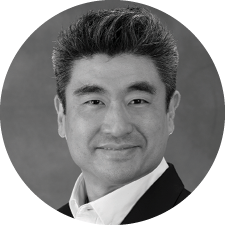
Refractive cataract surgery was born from the ideas of revolutionary clinicians. Both Sir Harold Ridley’s invention of artificial lens implants and Charles Kelman’s development of phacoemulsification were integral to the birth of refractive cataract surgery. Modern phaco technology offers excellent fluidics and enhanced ultrasound technology to increase the safety and efficiency of the procedure. Industry partners continue to advance IOL technology to incorporate the latest optical science, and refinements in IOL formulas help surgeons deliver the most accurate refractive outcomes possible.
Advances, however, come at a price. With so many multifocal and extended depth of focus IOLs to choose from, we surgeons face the daunting task of identifying the best technology for each patient to achieve their specific refractive goals. As an aside, I believe the terms premium IOL and presbyopia-correcting IOL can be misleading marketing labels and should be used cautiously. I prefer the terms presbyopia-reducing and range of vision–enhancing when I describe these IOLs to patients.
Owing to the availability of more lens designs and the growing pervasiveness of consumer-centric media messaging that “you deserve the best” and “I want it all, and I want it now,” many of our patients expect nothing short of the moon.
Refractive IOLs have come a long way since the first multifocal lens debuted in the late 1980s. No IOL, however, is suitable for every patient. If one were, we would all use only that lens. The process of determining and understanding our patients’ desired refractive goals and communicating to them the strengths and weaknesses of each IOL is tedious and time consuming. It is also the single most important factor in patient satisfaction after surgery.
The following series of challenging scenarios are ones with which I have grappled in my practice. I am excited to share how several esteemed and experienced refractive cataract surgeons from across the globe would approach these tough situations. I learned so much from their responses, and I hope you will, too.
Flawless cataract surgery is simply the beginning foundation to a successful procedure. The intricate and nuanced decision-making process is where the beauty and art of refractive cataract surgery are found.




